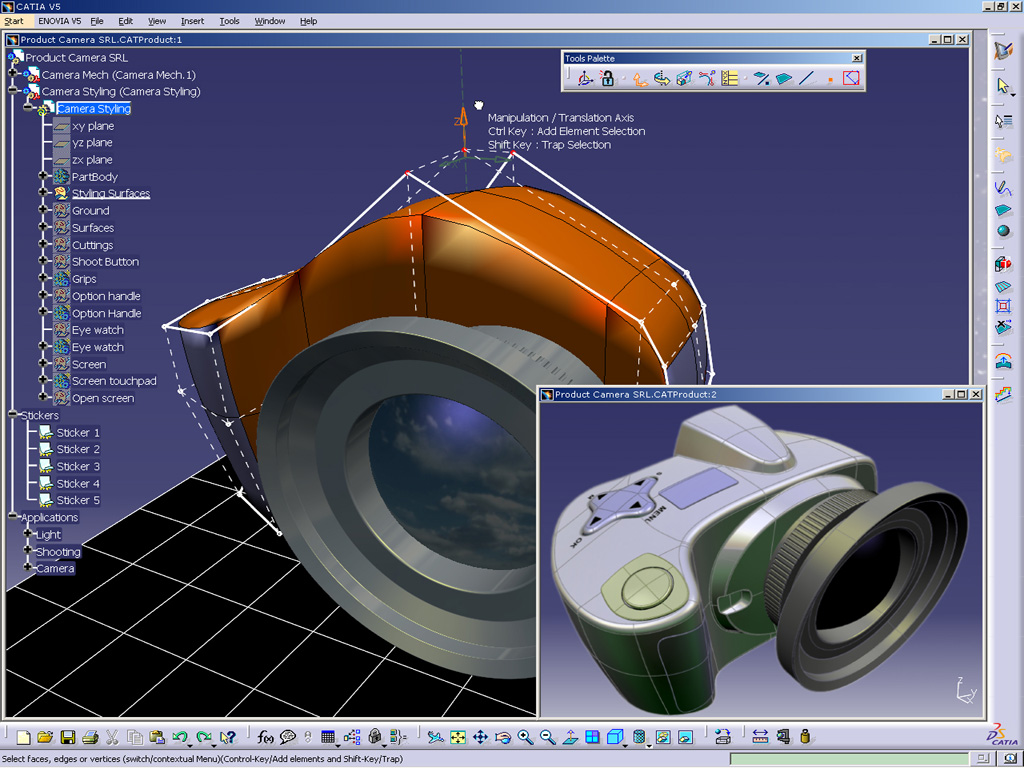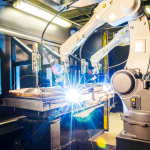What is digital simulation?
 Digital simulation has become an almost mandatory step in developing new products. But what does “simulating behavior” or “modeling an event” really mean? Marius Preda, a computer science researcher at Télécom SudParis, explains what’s hiding behind these common industry expressions.
Digital simulation has become an almost mandatory step in developing new products. But what does “simulating behavior” or “modeling an event” really mean? Marius Preda, a computer science researcher at Télécom SudParis, explains what’s hiding behind these common industry expressions.
What is digital simulation used for?
Marius Preda: Its main goal is to reduce prototyping costs for manufacturers. Instead of testing a product with real prototypes, which are expensive, companies use fully digital twins of these prototypes. These virtual twins take the form of a 3D model that has all the same attributes as the real product– colors, dimensions, visual aspect– and most importantly, in which a great quantity of metadata is injected, such as physical properties of the materials. This makes it possible to create a simulation that is very close to reality. The obvious advantage is that if the product isn’t right, the metadata can simply be changed, or the attributes of the digital twin can be directly modified. With a real prototype, it would have to be entirely remade.
What can be simulated?
MP: The main focus is on production. Companies make simulations in order to accurately measure all the parameters of a part and obtain production specifications. That explains a high percentage of uses of digital simulation. After that, there are significant concerns about aging. Physical laws that determine how materials wear are well-known, so companies inject them into digital models in order to simulate how a part will wear as it is used. One of the new applications is predictive maintenance. Simulations can be used to predict breakage or faults in order to determine the optimal moment a part should be repaired or replaced. All that relates to products but there are also simulations of whole factories to simulate their operations, and simulations of the human body.
Read on IMTech: A digital twin of the aorta to help prevent aneurysm rupture
How is a digital simulation created?
MP: The first step is defining the goal of the simulation. Taking a car, for example, if the goal is to study how the car body deforms during an impact, the modeling will be different from if the goal were to analyze visual and sound comfort inside the passenger compartment. So modeling is carried out based on what the aim is: automobile manufacturers don’t create a 3D model with the idea that they’ll be able to use it for all simulations. The 3D form may be the same, but what’s important are the physical properties that will be included within the model. For crash test simulations, properties related to the way materials deform are injected into the model in the form of equations that govern their behavior. For sound comfort, the laws of reflectivity and sound propagation are included.
What form do simulations take?
MP: Virtual reality is often presented as something new, but manufacturers have been using it for years for simulations! In the past, they would create 3D environments called “caves,” which where rooms in which different parts of a car – to continue with our automobile example – were projected on the walls. Today, virtual reality headsets make it possible to save space and put more people in the same virtual environment. But beyond this highly visual form of simulation, what industry professionals are really interested in is the model and the results behind it. What matters isn’t really seeing how a car deforms in an accident, but knowing by how many centimeters the engine block penetrates into the passenger compartment. And sometimes, there isn’t even a visual: the simulation takes the form of a curve on a graph showing how material deformation depends on the speed of the car.
What sectors use digital simulations the most?
MP: I talk about the automobile industry a lot since it’s one of the first to have used digital simulations. Architects were also among the first to use 3D to visualize models. And factories and relatively complex industrial facilities rely on simulation too. Among other things, it allows them to analyze the piping systems behind the walls. It’s a way to access information more easily than with plans. On the other hand, there are sectors, such as construction and civil engineering, where simulation is under-utilized and plans still play a central role.
What are some major ways digital simulation could evolve in the near future?
MP: In my opinion, interaction between humans and 3D models represents a big challenge. New devices like virtual reality glasses are being used, but the way people interact with the model remains unnatural. Yes, from within a virtual space, users can change how rooms are arranged with a wave of the hand. But if they want to change the physical parameters behind a material’s behavior, they still have to use a computer to introduce raw data in coded form. It would be a major advance to be able to directly change these metadata from within the virtual environment.





Leave a Reply
Want to join the discussion?Feel free to contribute!